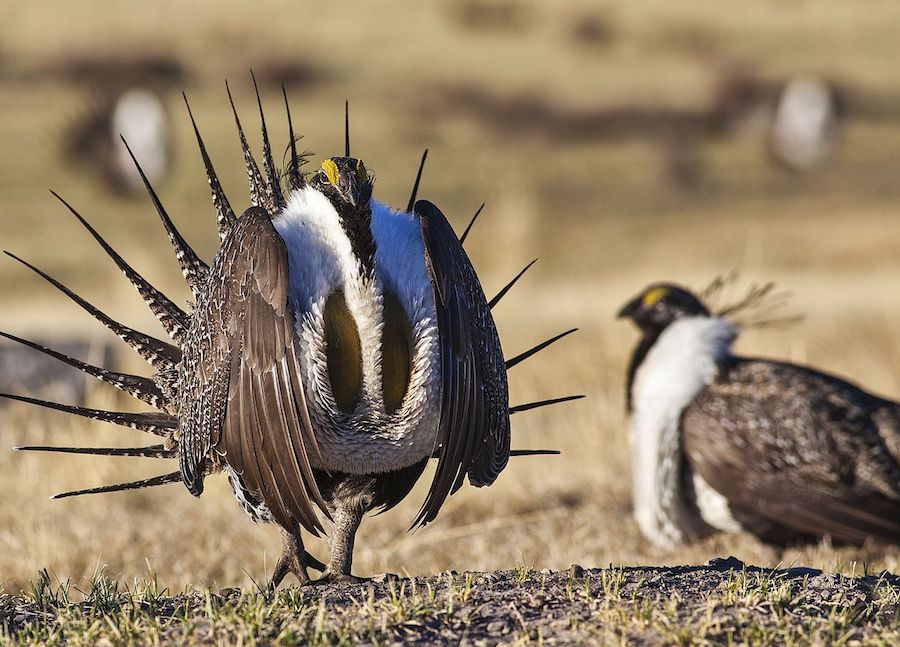
The Trump administration is going after another of the Obama-era environment protection rules by ordering a review of conservation plan for the greater sage grouse, in a move that would make more land available to oil, gas and mining companies.
Announcing the measure, Interior Secretary Ryan Zinke said that while the federal government has a responsibility under the Endangered Species Act to protect the ground-dwelling bird, it also has “a responsibility to be a good neighbour and a good partner,” AP reported.
Review seeks to allow greater innovation and “flexibility” by individual states on “such things as jobs and energy development.” — Interior Secretary Ryan Zinke.
He added that revisiting the 2015 conservation plan was necessary because some state agencies and other stakeholders have said their input was not properly considered during the original process.
The measure set land-use policies across the greater sage grouse’s 11-state range habitat, in an effort to keep the bird off the endangered species list.
While the Interior Department did not release a copy of the order or a written summary of it, Zinke told reporters that the main idea was to give the states involved in sage grouse protection more flexibility to customize their efforts to protect the bird.
He also said a task force within the department would report back to him within 60 days.
The Endangered Species Act currently in effect requires the US Fish and Wildlife Service to set up a federal ecological rescue plan for grouse if scientists determine the bird faces extinction. Under the legislation, federal scientists must review the status of grouse by 2020 to verify that the no-list decision in 2015 was correct.
The grouse population once was estimated at over 15 million across North America. Loss of sagebrush habitat from development and invasive plant species has decimated the population, which is now estimated to be between 200,000 to 500,000 birds.